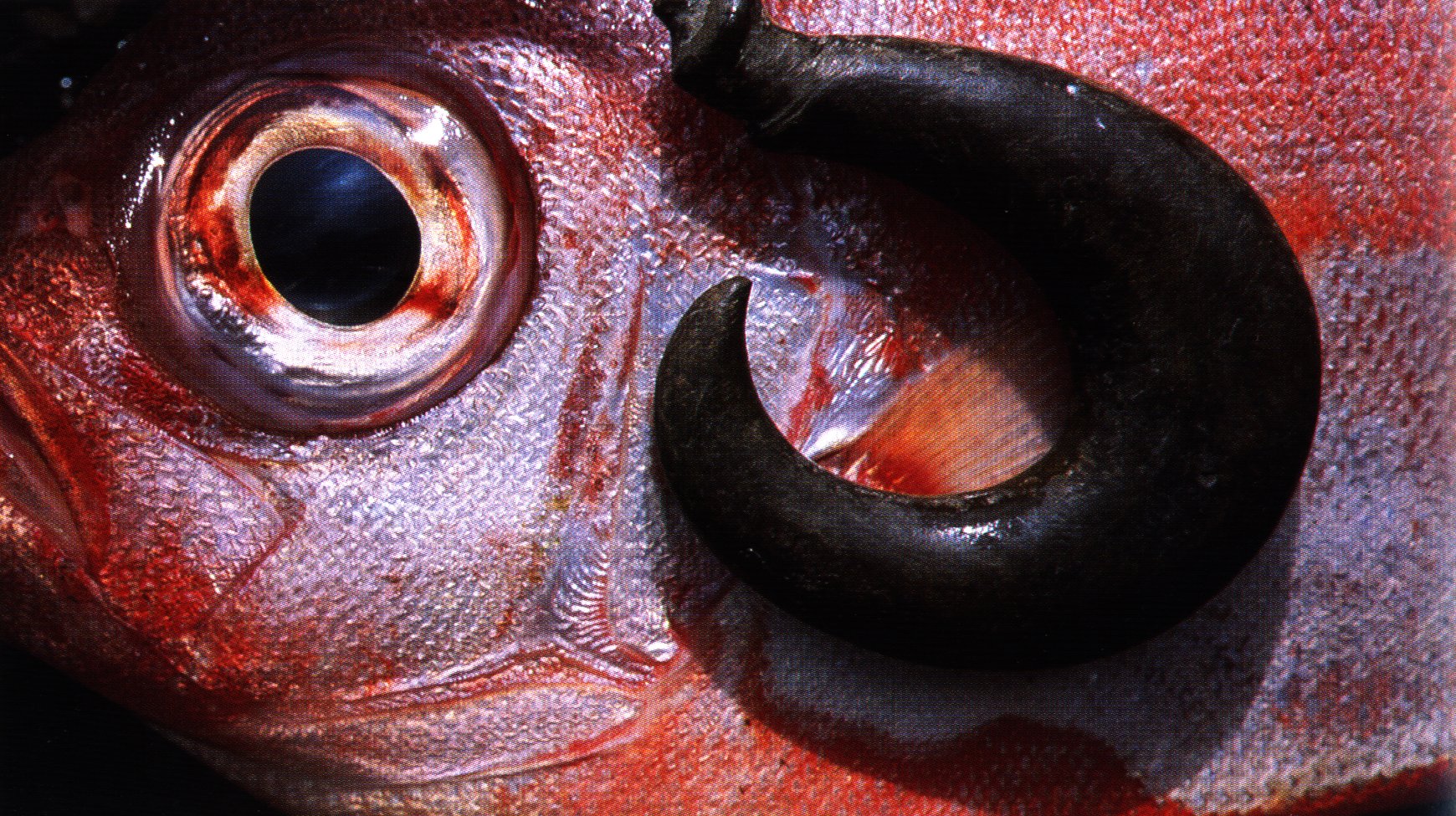There is a bird with 'flapping wings' at left in Gb1-4 and another such in Gb1-12:
The bird at left in Gb1-12 has a heavy back head, probably meant to allude to the similar such heads at the Pleiades:
Possibly Gb1-12 could represent the 'lost Pleiad', she who was down on earth instead of up in heaven: ... Sterope I and Sterope II, less correctly Asterope, are a widely double star at the upper edge of the rising [Pleiades] cluster, and faintly visible only by reason of the combined light; so that Al Sufi's 5th magnitude seems large. Ovid made use of Sterope sidus to symbolize the whole, but the present magnitudes would show that his star - if, indeed, he referred to any special star at all, as is improbable - was not ours, or else that a change in brilliancy has taken place. In fact, this also [in addition to Celaeno], and not without reason, has been called the Lost Pleiad ... ... Celaeno, or Celeno, has been called the Lost Pleiad, which Theon the Younger said was struck by lightning! It gives but one half the light of Taygete; still it has been seen with the naked eye, if a good one, and is so given in the Heis 'Verzeichniss'. The Sister Stars that once were seven // Mourn for their missing mate in Heaven ... Tau-ono means the 6 stars. But they include (according to my reconstruction) both Celaeno and Asterope. ... The Abipones of the Paraguay River country consider them their great Spirit Groaperikie, or Grandfather; and in the month of May, on the reappearance of the constellation, they welcome their Grandfather back with joyful shouts, as if he had recovered from sickness, with the hymn, 'What thanks do we owe thee! And art thou returned at last? Ah! Thou hast happily recovered!' and then proceed with their festivities in honor of the Pleiades' reappearance. Among other South American tribes they were Cajupal, the Six Stars ... ... When names were assigned to the stars in the Pleiades cluster, the bright pair of stars in the East of the cluster were named Atlas and Pleione, while the seven other bright stars were named after the mythological Pleiades (the 'Seven Sisters'). The term 'Pleiades' was used by Valerius Flaccus to apply to the cluster as a whole, and Riccioli called the star Mater Pleione. There is some diversity of opinion as to the origin of the names Pleione and Pleiades. There are three possible derivations of note. Foremost is that both names come from the Greek word πλειν ... meaning 'to sail'. This is particularly plausible given that ancient Greece was a seafaring culture and because of Pleione's mythical status as an Oceanid nymph. Pleione, as a result, is sometimes referred to as the 'sailing queen' while her daughters [are] the 'sailing ones'. Also, the appearance of these stars coincided with the sailing season in antiquity; sailors were well advised to set sail only when the Pleiades were visible at night, lest they meet with misfortune ... The sailing season should begin with the heliacal rising of Tau-ono. However, the stars would not be visible until after 16 nights, which in rongorongo times meant in May 31, where we indeed can perceive signs of fishing:
|
|||||||||||||||||||||||||||||||||||||||||||||||||||||||||||||||||||||||||||||||||||||||||||||||||||||||||||||||||||||||||||||||||||||||||||||||||||||||||||||||||||||||||||||||||||||||||||||||||||||||||||||||


















